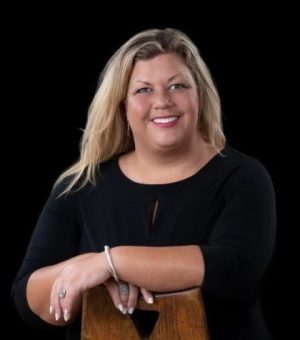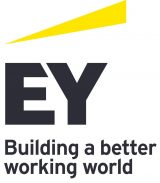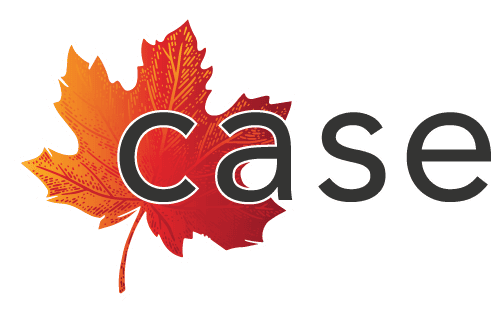Neurodiversity Inclusion Tips from Tammy Morris at EY Canada
Embed Neurodiversity from Hire to Retire
Inclusion Tips from Tammy Morris at EY Canada
For the French version of this post, please click here.
Pour la version française de cet article, veuillez cliquer ici.
CASE’s Employer Engagement Coordinator for MentorAbility Canada, Glen Walsh, had a conversation with Tammy Morris, Accessibility & Neuroinclusion Leader for EY Canada.
They discussed EY’s successful workplace inclusion of neurodiverse professionals from hiring to long-term retention.

What is EY’s approach to implementing diversity and inclusion?

At EY, whether you’ve come from a different sector, you’re a new grad, you’re a newcomer, or you’re a person with a disability, we have hiring, onboarding, and retention processes that strive to be inclusive for everyone. Our inclusive design focus reinforces to our people that we are proud of our differences, and we want people to share their stories when they are ready.
Nobody implements inclusion alone, and there are many components to it. Multiple stakeholders at EY from all our teams deliver those components every day. The result is that employees are embedded seamlessly into teams and offered a community where they can find others with shared lived experiences.
We’re very proud at EY of our 95% retention rate for neurodivergent employees who have joined us through our Neurodiversity Centres of Excellence methodology. We want people to stay at EY, so we set them up for success. The support system is built into the ecosystem from beginning to end, which requires putting some thought into a plan.
95% retention rate
Neurodivergent employees who joined EY through their Neurodiversity Centres of Excellence methodology
What is one of the most important learnings based on EY's extensive experience with inclusion?
Start by accepting that disability inclusion and culture change can be slow processes; it’s not something you can rush into. At EY, we have been intentionally hiring neurodivergent thinkers for a decade and had attracted neurodivergent professionals many decades prior.
However, for organizations today, there is more data and more learnings. The path and the best practices have already been laid by early adopters like EY.
Learn as much as you can from other organizations that are already practising inclusion. We are all a “work in progress,” EY included, and can share lessons learned.
Can you share practical tips about building a welcoming and safe space for job candidates and new hires who may be neurodivergent?
- Organize training around inclusion and neurodiversity for existing employees and managers. Be open to having conversations and asking questions.
- Survey your hiring and interview processes. At EY, we do very technical work in tax, audit, strategy, and consulting, and we knew that we already had many neurodivergent professionals across all ranks. We also knew that some people were struggling with the traditional hiring process. So, we deconstructed our interview process and created a methodology that was more inclusive and accessible for everyone.
- Assess your existing platforms and processes. What tools and level of support do you currently offer job candidates and new hires who may be neurodivergent? Hiring is a two-way street, and candidates are evaluating the supports an employer will offer.
- Create a safe space for people to share their experiences. Listen to the voices of existing employees. Did they have the tools and the support they needed during the interview process and to be successful when they started? What worked well? What were the barriers?
What strategies can be used to continue to support neurodivergent employees throughout their career with an organization?
- Develop a plan to set up an ecosystem of inclusion that includes your existing support systems and that addresses the gaps at every step of the employment process and throughout your organization.
- From hire to retire and everything in between, make sure there’s a career trajectory for each employee, their goals, and unique profile. What type of supports and mentorship will they need to succeed?
- Again, listen to the voice of your employees. What supports do they need to grow professionally and to move forward?
- Mentorship is free and is a valuable tool. For mentors, it adds meaning and an opportunity to develop their own leadership and allyship skills. For persons experiencing disability who are navigating the culture of a new job or organization and the many unspoken “rules” within any organization, having a mentor can significantly enhance the employee experience. Mentors can help support self-advocacy in the workplace. For some neurodivergent professionals, finding natural mentors in the workplace can be a challenge. Having an intentional friend or colleague who can also make introductions to their network can fill a universal need for connection.

